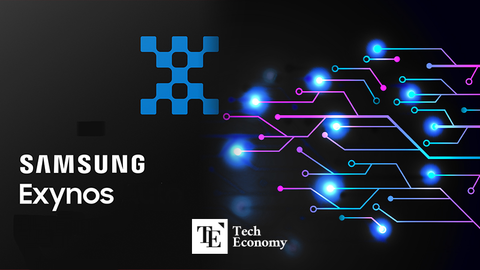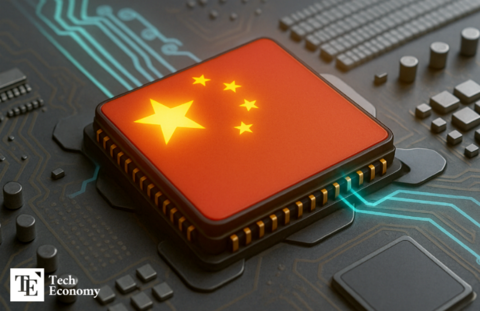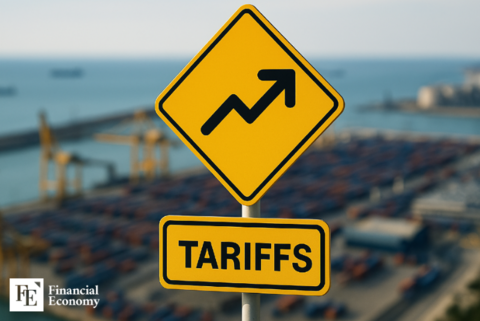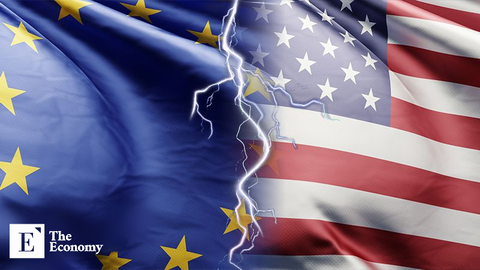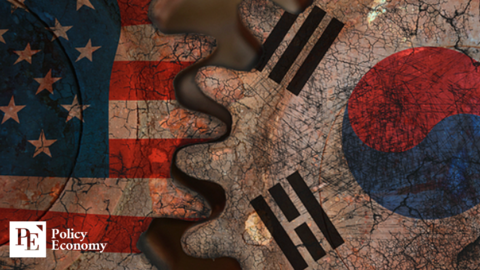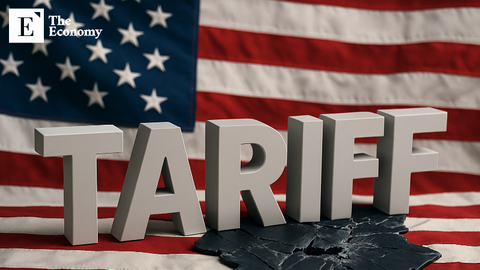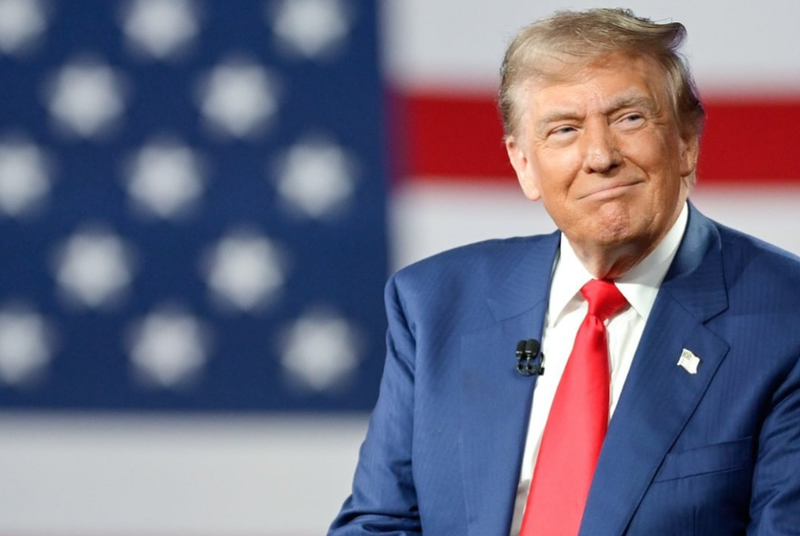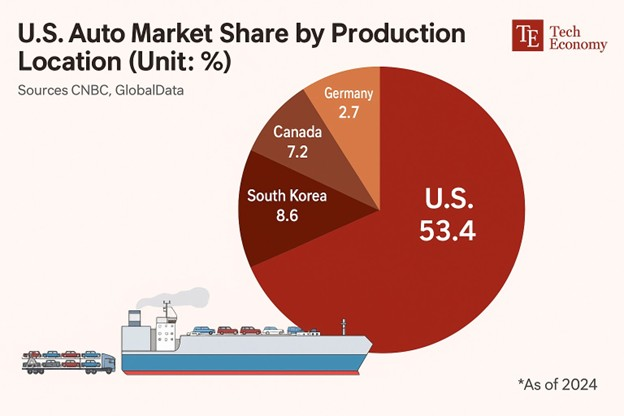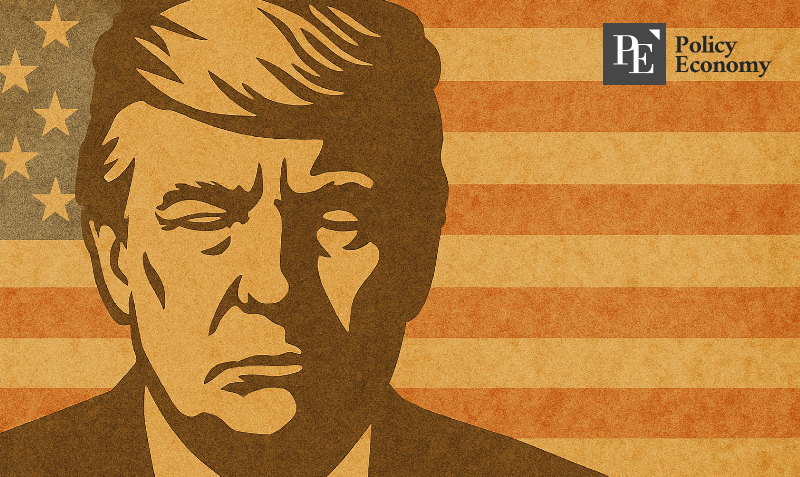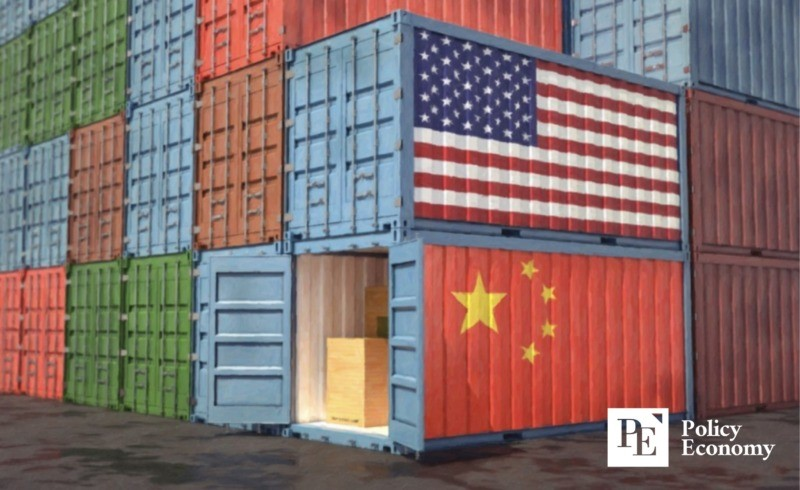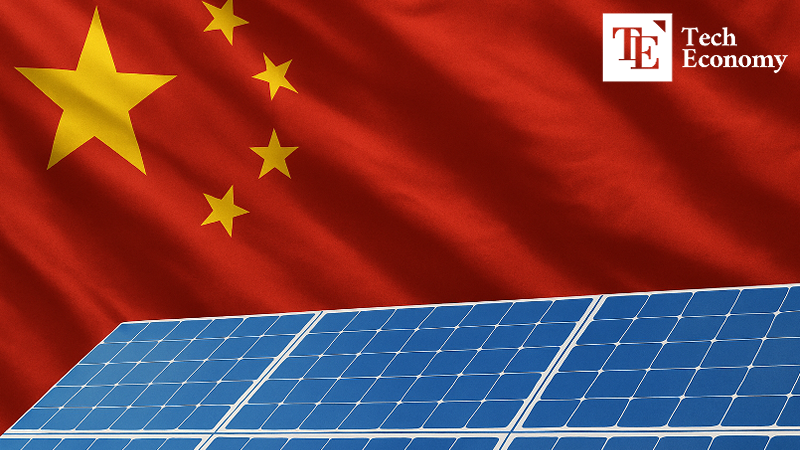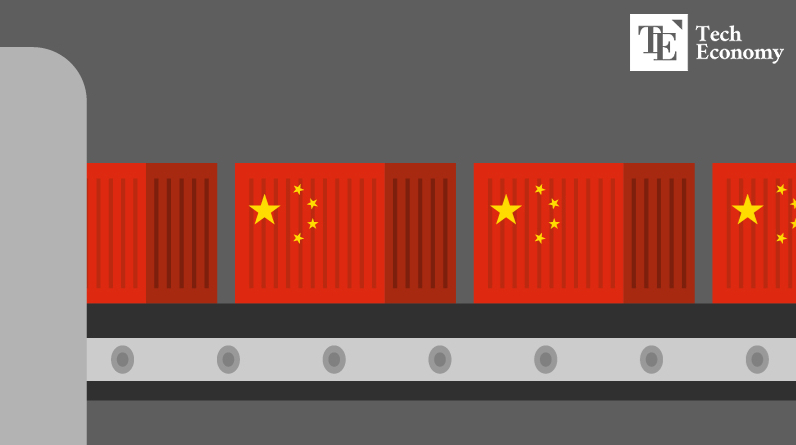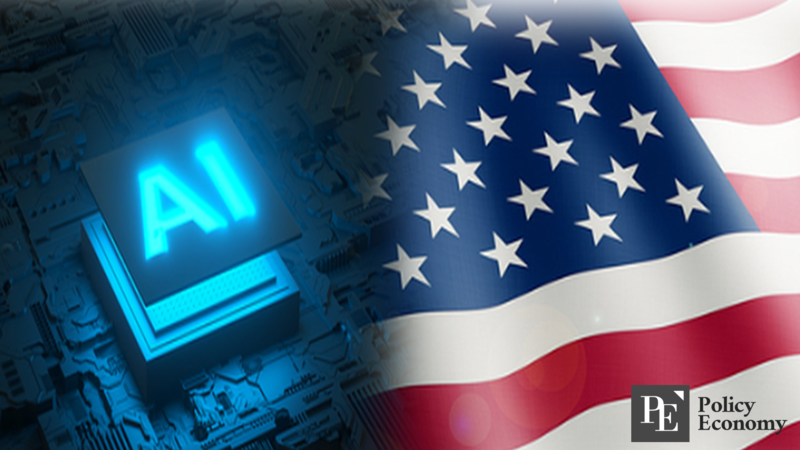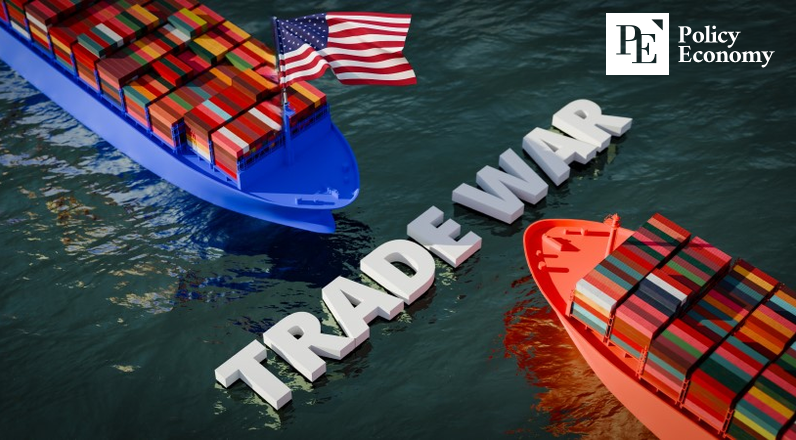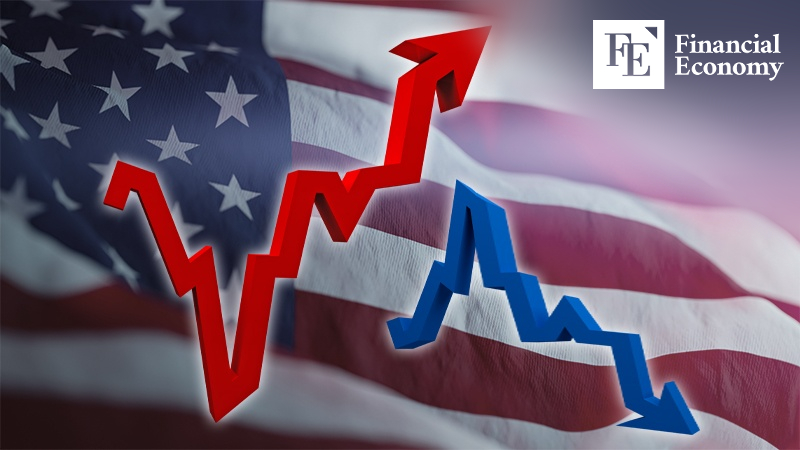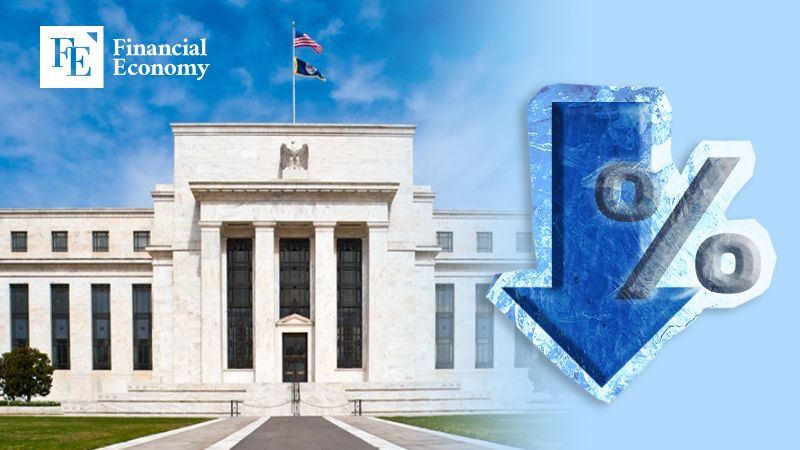The U.S. Goes All-In on Diplomacy and Legislation for Taiwan, Includes South Korea in the 'China Containment Axis'
Input
Changed
Taiwan and South Korea Emerge as Dual Pillars of China Containment Foreign Policy Moves Trigger Immediate Exchange Rate Reactions Legislative Blitz in the House Formalizes Anti-China Line
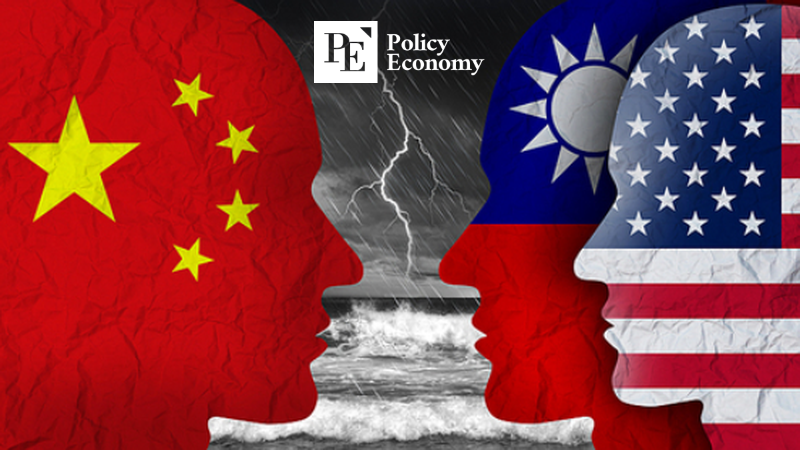
The geopolitical chessboard in East Asia is rapidly shifting, and the United States is placing its pieces with growing assertiveness. From dramatically expanding its unofficial embassy in Taiwan to advancing sweeping legislation aimed at curbing Chinese influence across education, trade, and technology, Washington is no longer merely reacting to Beijing—it is laying down a long-term containment framework. At the heart of this strategy is Taiwan, now being treated almost on par with a formal ally, and increasingly, South Korea—a critical partner now facing heightened pressure to align. The market has taken note: East Asian currencies are strengthening, signaling investor recognition of a historic diplomatic realignment. As a new “strategic triangle” among the U.S., Taiwan, and South Korea takes shape, the region edges closer to a security and economic structure that challenges decades of U.S.-China engagement.
Strategic Triangle: The U.S.-Taiwan-South Korea Axis Emerges
Washington’s deepening involvement with Taiwan is unmistakable. The American Institute in Taiwan (AIT), a de facto embassy, has seen its personnel swell to over 550—more than double the number from the early 2000s. This makes AIT the largest foreign mission on the island, a powerful indicator of Taiwan’s elevated status in U.S. foreign policy. Stephen Young, who led AIT from 2006 to 2009, noted that back then, the staff hovered around 250. The dramatic expansion, he explained, reflects the growing strategic importance of U.S.-Taiwan ties.
Yet Taiwan is not alone in this spotlight. South Korea, long a vital military ally of the U.S., is increasingly being drawn into a more complex configuration. Prominent conservative figures, including former National Security Advisor John Bolton, have publicly linked the futures of South Korea and Taiwan. “South Korea’s future is closely tied to Taiwan’s,” Bolton asserted in repeated statements—effectively framing the two as part of a single strategic block. This linkage is not just rhetorical; it reflects a deeper restructuring of U.S. regional priorities.
Unlike the traditional “U.S.-Japan-South Korea” security framework, the emerging triangular formation now includes Taiwan at its center. The U.S. is reinforcing cooperation with both South Korea and Taiwan in critical industries—especially semiconductors and defense. These collaborations are framed under the guise of “supply chain resilience,” but their deeper purpose is clear: to build a technology-based bulwark against China. Taiwan’s TSMC and South Korea’s Samsung Electronics and SK Hynix are now bound together in a tech alliance with enormous strategic weight.
Troy Stangarone, Director at the Wilson Center’s Korea History and Public Policy Program, emphasized the ideological departure of the Trump administration from past U.S. leadership. “Trump is seeking to disrupt and realign global trade and security orders,” he said. In this shifting terrain, South Korea must walk a tightrope—strengthening ties with Washington without inflaming tensions with Beijing. But the window for such balancing may be closing fast.
Currency Surge: Markets Read Between the Diplomatic Lines
Financial markets are reflecting these diplomatic undercurrents in real time. The Taiwanese dollar experienced a rapid 9% appreciation between May 1 and May 5, strengthening from 32.1 to 29.2 against the U.S. dollar in just two trading days. Analysts attribute this surge to growing speculation that Taiwan’s government will allow currency appreciation amid tariff negotiations with Washington. The logic is strategic: a stronger Taiwanese dollar would help offset the U.S. trade deficit, potentially appeasing American concerns and facilitating future agreements.
Taiwanese firms, anticipating these shifts, began selling dollars en masse while global investors moved capital into Taiwanese assets—fueling even greater demand for the local currency. This sharp appreciation didn’t occur in isolation. South Korea’s won also saw a notable rebound. On May 5, the won-dollar rate in the New York Non-Deliverable Forward (NDF) market dropped to 1,374.2 won—down 3.3% (or 46.8 won) from April 30, the last trading day before the May Day holiday in Seoul.
Hong Kong's currency, pegged to the U.S. dollar at HK$7.75–7.85, also experienced upward pressure. The Hong Kong Monetary Authority (HKMA) intervened with massive dollar sales—HK$56.1 billion on May 2 and a record HK$60.5 billion on May 5—to prevent the currency from breaching the lower band of its peg.
This synchronized strength among East Asian currencies stands in stark contrast to the weakening U.S. dollar, which is being battered by the Trump administration’s escalating tariffs. Bank of Korea Governor Rhee Chang-yong, speaking at the Asian Development Bank’s annual meeting in Milan, commented that exchange rate volatility remains unresolved. He added that the ongoing recalibration of U.S. trade and currency policies—especially vis-à-vis China—could lead to more unexpected shifts. Rhee hinted that Washington’s behind-the-scenes talks with individual countries may indicate a rising probability of a U.S.–China trade accord.
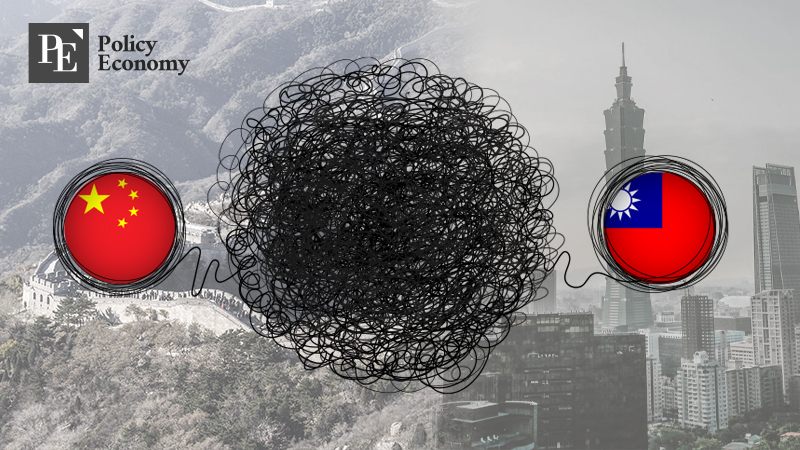
Legislative Front: From Universities to Microchips, the U.S. Tightens the Screws on China
U.S. containment strategy is not limited to diplomacy or financial signals—it is being codified into law. A series of powerful bills recently passed in the House of Representatives show just how far Washington is willing to go to isolate China and elevate Taiwan.
One of the most significant measures, spearheaded by Republican Representative August Pfluger, aims to strip Department of Homeland Security (DHS) funding from American universities that collaborate with Chinese institutions. Specifically, this includes those hosting Confucius Institutes or participating in the “Thousand Talents Program”—a Beijing-led initiative launched in 2008 to recruit elite foreign academics with generous financial incentives. With the bill’s passage, major Chinese universities and research organizations, such as the Chinese Academy of Sciences, could find themselves effectively blacklisted from U.S. partnerships.
Another bipartisan bill, expected to be introduced by Democratic Representative Bill Foster, seeks to embed tracking and fail-safe technologies into U.S.-manufactured semiconductors. The aim is to ensure these chips do not end up in embargoed nations like China. The legislation would mandate that exported chips become non-operational if detected within restricted jurisdictions. The Department of Commerce would be tasked with implementing these provisions within six months—a clear sign of urgency.
Simultaneously, the House is moving to support Taiwan’s participation in international organizations. A key example is the “Falun Gong Practitioners Human Rights Protection Act,” which calls for sanctions on Chinese officials involved in persecuting Falun Gong followers. Collectively, these bills mark a departure from the strategic ambiguity of past U.S. administrations. The Biden-era approach of maintaining minimal cooperation with China is being dismantled in favor of open confrontation.
For allies like South Korea, this hardening U.S. legislative front is closing off middle-ground options. Seoul is increasingly being pushed to choose sides, especially as Washington frames its economic and security policies within a broader ideological struggle. The days of nuanced balancing may be giving way to a binary geopolitical order.

